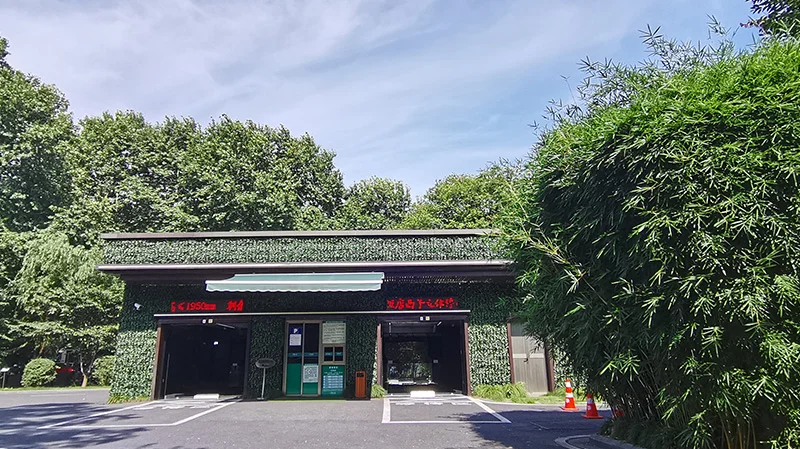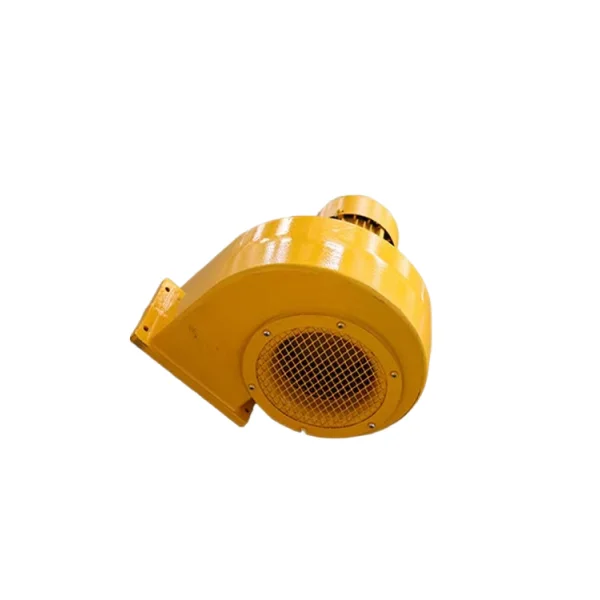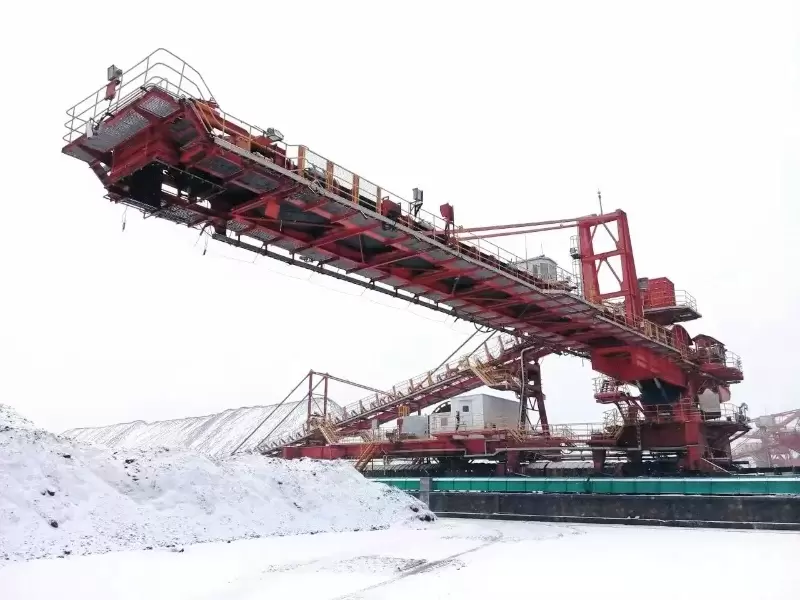Refrigeration systems play a crucial role in our daily lives, from preserving food to maintaining comfortable indoor temperatures. But have you ever wondered how these systems actually work? In this comprehensive guide, we will delve into the intricate mechanisms behind a refrigeration system, shedding light on its inner workings and providing you with a deeper understanding of this essential technology.
- The Basic Principles:
At the heart of every refrigeration system lies the fundamental principle of heat transfer. By manipulating the physical properties of a refrigerant, these systems can extract heat from one area and transfer it to another. This process involves four key components: the compressor, condenser, expansion valve, and evaporator. - The Compressor:
The compressor acts as the heart of the refrigeration system, responsible for compressing the refrigerant gas and raising its pressure. This increase in pressure causes the temperature of the refrigerant to rise as well, transforming it into a high-pressure, high-temperature gas. - The Condenser:
Once the refrigerant leaves the compressor, it enters the condenser, where it undergoes a phase change from a gas to a liquid. This transformation occurs as the high-pressure gas releases heat to the surrounding environment, typically through the use of a fan or water-cooled system. As the refrigerant cools down, it condenses into a high-pressure liquid. - The Expansion Valve:
From the condenser, the high-pressure liquid refrigerant flows into the expansion valve. This valve serves as a gateway, regulating the flow of refrigerant into the evaporator. By reducing the pressure of the refrigerant, the expansion valve allows it to expand rapidly, leading to a drop in temperature. - The Evaporator:
As the refrigerant enters the evaporator, it absorbs heat from its surroundings, such as the air in a refrigerator or the indoor air in an air conditioning system. This heat absorption causes the refrigerant to evaporate, transforming it back into a low-pressure gas. The evaporator then returns the cooled air to the desired space, completing the cycle. - Additional Components and Considerations:
While the four main components mentioned above form the core of a refrigeration system, there are other crucial elements that contribute to its overall functionality. These include the refrigerant itself, which must possess specific properties to ensure efficient heat transfer, as well as various sensors, controls, and safety mechanisms that monitor and regulate the system's operation.
Conclusion:
Understanding how a refrigeration system works provides us with valuable insights into the technology that keeps our food fresh and our environments comfortable. By grasping the intricate interplay between the compressor, condenser, expansion valve, and evaporator, we can appreciate the complexity behind this essential invention. So the next time you reach for a cold drink or step into a cool room, remember the fascinating science that makes it all possible.



